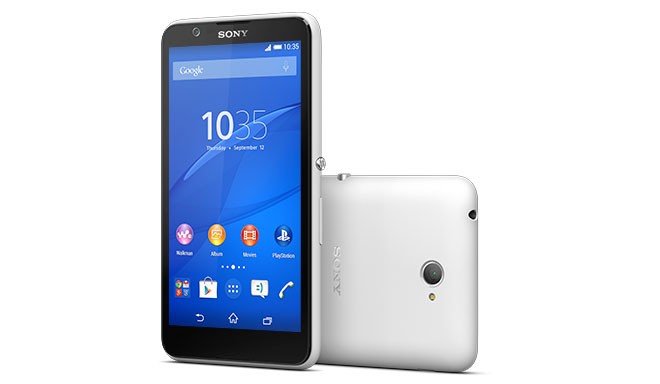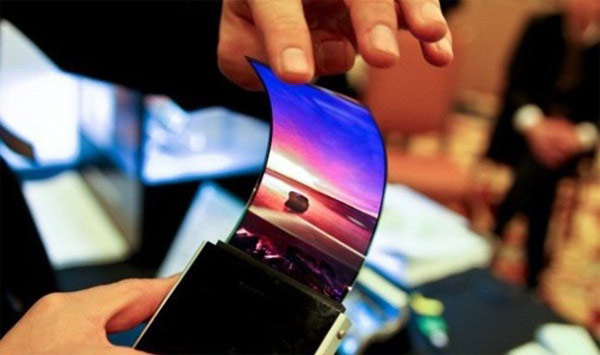Smartphones and tablets totally depending on touch screen interfaces. Currently mobile manufacturers of Android high-end smartphones mainly they should stick to the two screen technologies. The AMOLED screen found on all Samsung flagship smartphoes but also on Motorola as well as the Meizu MX5. Going with the trend of IPS displays, and that found on LG, Sony Xperia Z2, Micromax Canvas Turbo A250, Moto G, and Lenovo Ideaphone S 920. These two technologies has its flaws, but the improvements made over the years on the side of AMOLED screens and IPS. So which is best for your smartphone display?
IPS Displays

IPs displays always provide Better Color reproduction. IPS remains for in-plane switching. Reach at arm’s length by LG Display that continues to improve, the IPS technology Developed by Hitachi in 1996. Its purpose is primarily to improve LCD screens previously based on TFT technology, That means an improved response time.
IPS displays offer brighter whites, brighter colors and better viewing angles than TFT displays. The difference is also striking when compared to the screen of the Sony Xperia Z2, based on this technology to the TFT screen of the Sony Xperia Z1. Only the disadvantage of IPS screens, backlight consumes much energy. Because energy requirement is high.
AMOLED Displays

The cornerstone of the Samsung Galaxy S and Galaxy ranges Note, AMOLED displays are an improved version of the OLED (organic light emitting diode). In contrast to LCDs that are transmissive, AMOLED displays are emissive. The technology uses organic compounds that emit light when this is exposed to electric fields. A process that eliminates the need for a backlight and therefore consumes less energy. It protects the life of the battery. But less visibility in daylight and Low definition images.
AMOLED displays consume very little energy. AMOLED screens do not use any backlight when displaying black. The pixels remain off. Each pixel actually produces its own light, more or less strongly depending on the color displayed. AMOLED displays offer deep blacks, vivid colors and very sharp contrast. They suggest, furthermore, better viewing angles than IPS displays, but unfortunately more expensive to produce, That means a Degrade response time.
IPS or AMOLED, Which One is Best?
Each year, The Samsung Super AMOLED panels are becoming more accurate and offer more natural colors and especially improved energy efficiency. The screen of the Galaxy Note 4 consumes less power than the Galaxy S5, it’s even more economical than the Galaxy S4. If you are looking for deep blacks, intense contrast and better battery life, AMOLED display is the best who running low end applications.
For their part, the IPS screens are also improving, by LG G4 is significantly higher than that of the LG G3, although it offers an equivalent size and definition. IPS Panels offer clear images and stable response time. IPS display is the best choice for gamers and who share screens with friends.
























